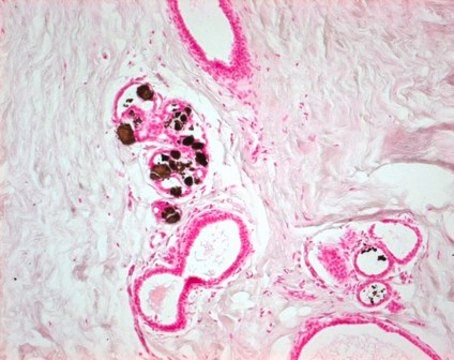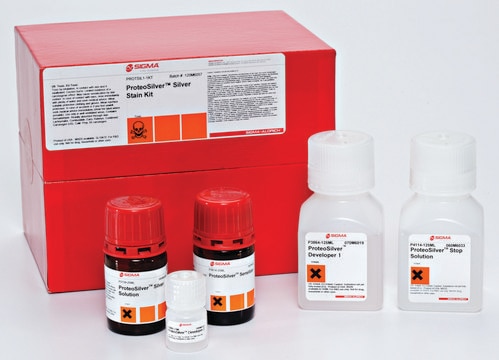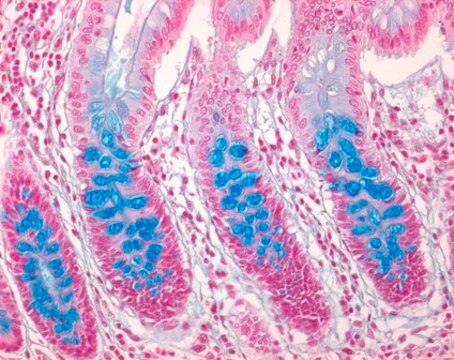1.05679
Lithium chloride
for analysis EMSURE® ACS,Reag. Ph Eur
Synonym(s):
Lithium chloride
About This Item
Recommended Products
grade
ACS reagent
Quality Level
agency
reag. Ph. Eur.
vapor pressure
1.33 hPa ( 547 °C)
product line
EMSURE®
assay
≥99% (LiCl basis, silver nitrate titration)
form
solid
potency
526 mg/kg LD50, oral (Rat)
>2000 mg/kg LD50, skin (Rat)
impurities
≤0.008 meq/g Total of alkali
≤0.01% Insoluble matter
loss
≤1% loss on drying, 130 °C
pH
6 (20 °C, 50 g/L in H2O)
bp
1360 °C/1013 hPa
mp
614 °C
solubility
832 g/L
density
2.07 g/cm3 at 20 °C
bulk density
530 kg/m3
anion traces
nitrate (NO3-): ≤0.001%
sulfate (SO42-): ≤0.005%
cation traces
Ba: ≤0.002%
Ca: ≤0.005%
Fe: ≤0.0005%
K: ≤0.01%
Mg: ≤0.005%
Na: ≤0.02%
heavy metals (as Pb): ≤0.0005%
storage temp.
2-30°C
InChI
1S/ClH.Li/h1H;/q;+1/p-1
InChI key
KWGKDLIKAYFUFQ-UHFFFAOYSA-M
Looking for similar products? Visit Product Comparison Guide
Related Categories
Application
- Stereocontrolled synthesis of syn-beta-Hydroxy-alpha-amino acids by direct aldolization of pseudoephenamine glycinamide.: Lithium chloride is employed in the stereocontrolled synthesis of syn-beta-Hydroxy-alpha-amino acids, highlighting its role in advanced synthetic chemistry techniques. This research provides insights into chemical synthesis and the development of complex organic compounds, relevant for chemists focusing on synthetic methodologies (Seiple et al., 2014).
Analysis Note
Insoluble matter: ≤ 0.01 %
Nitrate (NO₃): ≤ 0.001 %
Sulfate (SO₄): ≤ 0.005 %
Heavy metals (as Pb): ≤ 0.0005 %
Ba (Barium): ≤ 0.002 %
Ca (Calcium): ≤ 0.005 %
Fe (Iron): ≤ 0.0005 %
K (Potassium): ≤ 0.01 %
Mg (Magnesium): ≤ 0.005 %
Na (Sodium): ≤ 0.02 %
Total of alkali: ≤ 0.008 meq/g
Loss on drying (130 °C): ≤ 1.0 %
Legal Information
signalword
Warning
hcodes
Hazard Classifications
Acute Tox. 4 Oral - Eye Irrit. 2 - Skin Irrit. 2
wgk_germany
WGK 1
flash_point_f
Not applicable
flash_point_c
Not applicable
Certificates of Analysis (COA)
Search for Certificates of Analysis (COA) by entering the products Lot/Batch Number. Lot and Batch Numbers can be found on a product’s label following the words ‘Lot’ or ‘Batch’.
Already Own This Product?
Find documentation for the products that you have recently purchased in the Document Library.
Customers Also Viewed
Our team of scientists has experience in all areas of research including Life Science, Material Science, Chemical Synthesis, Chromatography, Analytical and many others.
Contact Technical Service




